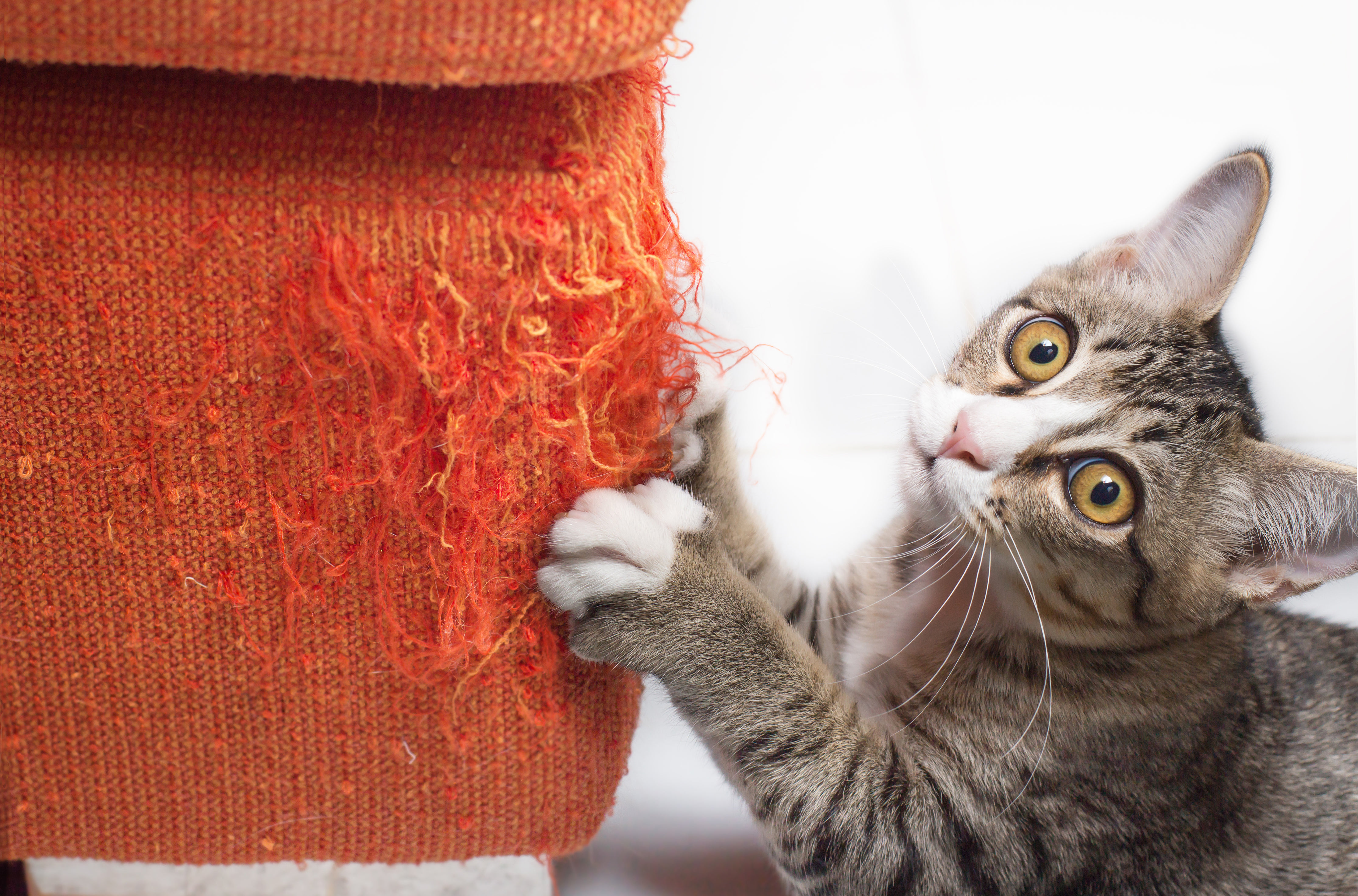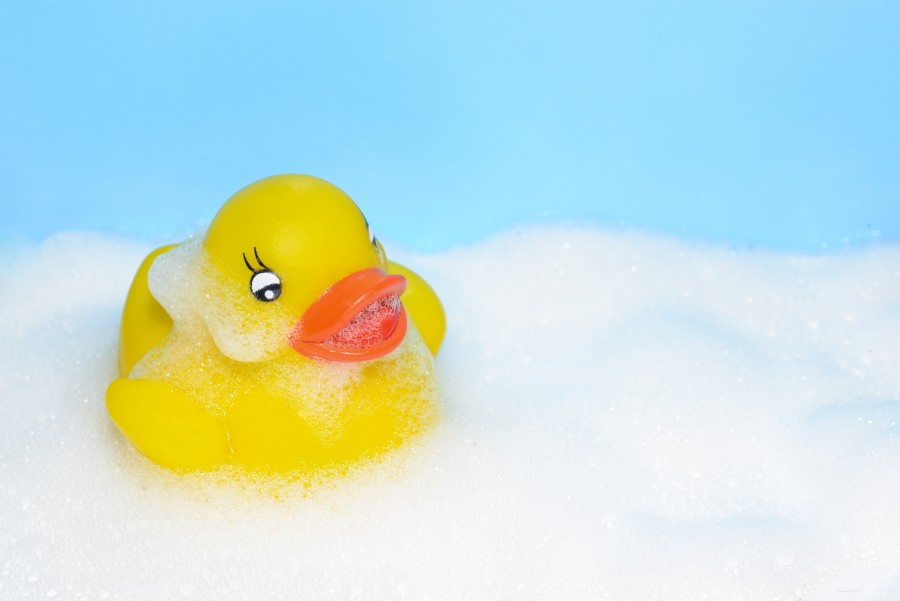What Not to Do: The Director’s Cut
Before we talk about the best ways to treat KP, let’s talk about the things you may be doing that you could be making KP symptoms worse.
A lot of this info can be found in one of our most popular articles, but we’ll try to go a little more in depth here and even add some extra bonus content, just because we like you.
1. Don’t scratch or pick

Obviously, it is so so satisfying to attack that nagging itch, but when you are dealing with chronic skin issues or dry skin scratching that itch over and over can be detrimental to health of your skin. Scratching, even lightly, damages the skin. Damaged skin leads to scarred skin. Scarred skin is not something most people are interested in. So as you help your child manage their KP, teach them the importance of not scratching.
“But what if it itches really, really bad?! I can scratch it then right?” If you must scratch, do it with a layer of clothing over the bare skin to minimize the damage.
2. Don’t skip the bath

Here’s a teaser for you…you’ll see in our next installment of the KP Crash Course that treatment strategies for KP focus on removing as much of that pesky keratin buildup as possible and then locking in as much moisture as possible.
No one can say exactly how often you should bathe your kids because even the “experts” disagree on frequency, but two things are for sure:
- Kids are perpetually gross and sticky
- Regular bathing is key to keeping skin moisturized.
Find a routine that works for you and your little one and stick to it. And, yes, there are some tips to taking a better bath when it comes to KP. You’ll have to check out the next lesson for those though.
3. Don’t forget to moisturize
The crux of it all is right here. It is pretty simple-get into a rhythm and keep it up-yet finding the best/right/perfect product for your child’s KP is not so simple. People respond so differently to different products. That’s the focus of most of the discussions on our KP Collective Facebook group (check it out and join up if you haven’t already).
A big factor here is viscosity. Yep more science for ya. In general the thicker the concoction, the better when it comes to KP. It’s easy to get caught up and assume that all these terms mean the same thing but as a guide ointments are thicker than creams, and creams are thicker than lotions.
Ointments > Creams > Lotions
And as with any sensitive skin issues, it is helpful to keep additives, dyes, and fragrances to a minimum. Don’t worry, our curated list of products for KP is coming up in another lesson.
4. Don’t forget sunscreen

OLYMPUS DIGITAL CAMERA
If you’re going to be spending any length of time outdoors any time of year you need to use sunscreen. Simple enough. (1 in 5 Americans will develop skin cancer in their lifetime!) And if you have KP or any other sensitive skin issue it’s even more imperative that you protect yourself or your family. UV rays from the sun damage skin and can lead to even drier skin and exacerbated symptoms. Not to mention sunburn. Is there anything more pitiful than an itty-bitty with a sunburn?
You can check out these articles here and here for an in-depth look at sunscreen recommendations, but here’s the skinny:
- You need at least SPF 30
- Apply well before you go outdoors–15-30 minutes before
- Don’t skimp. Use enough for full coverage and cover all exposed skin
- Reapply every two hours at least–more frequently if you’re swimming or sweating
Or better yet, check out this podcast on sunburn, suntans and sunscreen. These guys are great.
5. Don’t be shy to talk to the doc

Any time you have a concern about your health, see a healthcare provider you trust, and when you see them, ask questions. As many as you need. It is their job to educate you and provide a treatment plan that you’re comfortable with. Rest assured, they have seen it all and heard it all. They will not be surprised or confused about what’s going on.
They will probably recommend extra moisturization first, but if that isn’t helpful or the case is severe enough they may recommend medicated creams or oral medications. Be sure to ask questions about how long they recommend trying the treatment before making changes and discuss any possible side effects.
Our goal at kpkids is to help people find solutions to the frustrating struggle with KP. We tend to recommend and like using products that are more “natural” (less chemicals with crazy names, less side effects, etc), but we know people come through life with different opinions on what is important to them regarding their health. That being said, if your doctor recommends a strong prescription medication to treat KP, and you want to try it; go for it. No judgment here and you shouldn’t worry about any of the haters out there.
6. (Bonus) Don’t slack on the routine.
Once you have a solid routine in place stick to it! As we said before, KP is not curable, it’s manageable, and if you stop managing it, it will come back. Don’t misunderstand me here please, I’m not saying that you have to be super diligent every day, at all times. We’re human and we get busy and sometimes we forget. Forgetting to use your moisturizer here and there will not undo all that work, but if you are lax for a week or so don’t be surprised if you see symptoms getting worse. Just recommit to the plan and you will see improvement back to where you were before. You worked really hard on establishing what works for your kid so don’t let it all be in vain!
7. (Extra Bonus) Don’t forget to talk about KP with your child.
Don’t make a big deal out of it; normalize it. You’ll be surprised how quickly they will pick up that what’s going on with them is different than other folks. For some KP is just a fact of life, it shouldn’t be a cause of concern or shame. It can be a great opportunity to teach your child about differences and intrinsic value of being human. Deep, right. Kids are crazy intuitive and can grasp difficult concepts way before you might think, so help them learn how to feel comfortable in their own skin.
That’ll be it for today, class. Next time we’ll discuss the overview of treating Keratosis Pilaris.
Back to the Start
Introduction…Cause and Presentation…What Not to Do…Treatment…Recommended Products

